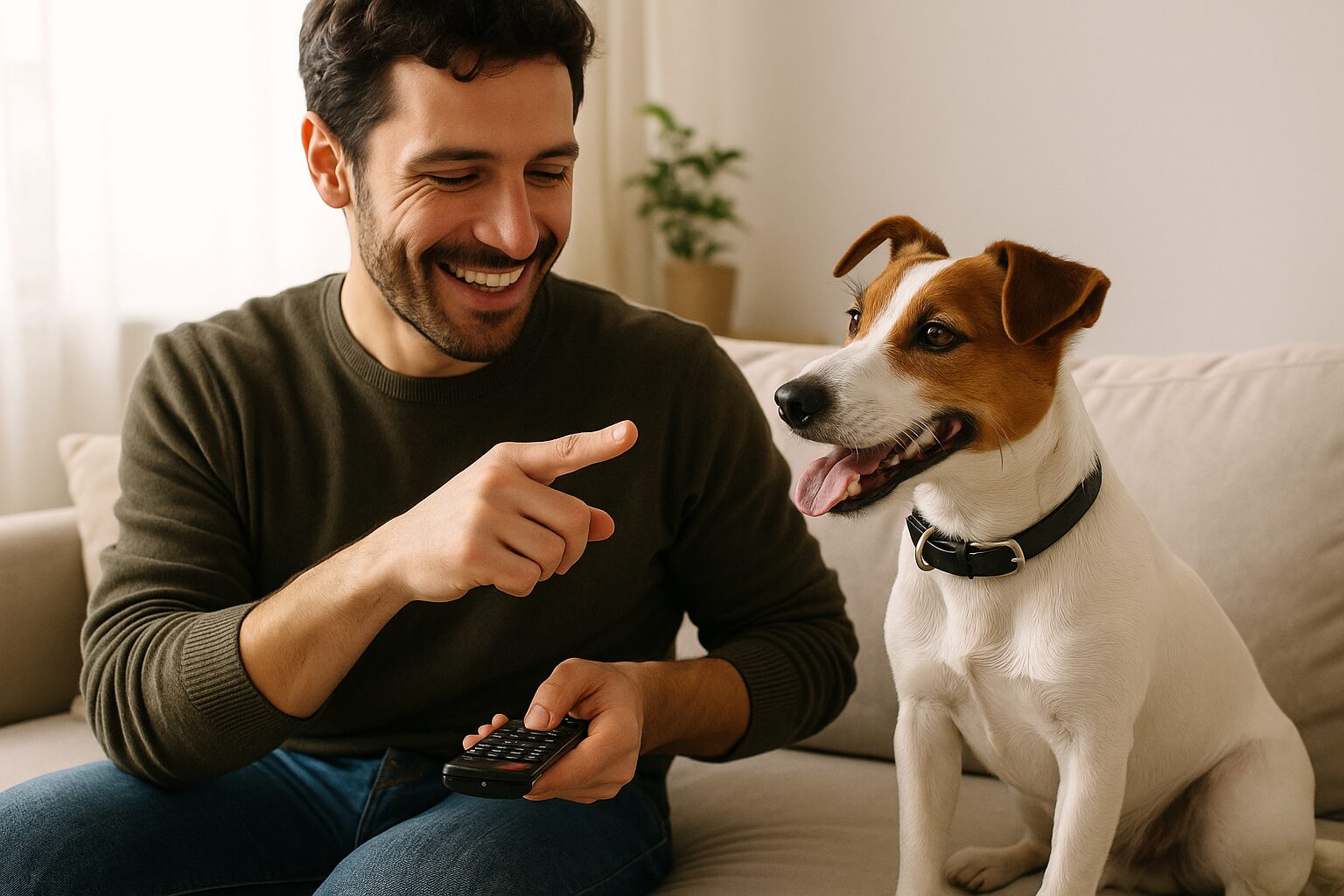If you’ve ever cried watching Hachi or wanted a Labrador after seeing Marley & Me, you’re not alone. Dog films have the power to move audiences deeply — and influence real-life decisions. From shaping adoption trends to affecting how people bond with their pets, cinema has a surprising impact on owner behavior.
You can check what Psychology Today´s pic on the matter.
Emotional connection and empathy
Dog movies activate brain regions linked to empathy. A study by the American Psychological Association shows that watching emotional pet scenes increases oxytocin, the hormone associated with bonding.
This leads to stronger emotional awareness in pet owners, who often report being more attentive and affectionate with their own dogs after watching such films.
Adoption surges linked to films
- After Marley & Me (2008), Labrador adoptions increased significantly, as reported by RSPCA and AKC.
- Hachi: A Dog’s Tale (2009) led to a global interest in Akitas, especially in Japan and the U.S.
- Following 101 Dalmatians, both in 1961 and 1996, Dalmatians became trendy — and later, often abandoned due to high maintenance needs.
These cases reveal the double-edged effect of cinematic influence.
Expectation vs. reality
Movies often portray dogs as perfectly trained, always loyal, and full of personality. While partially true, this creates unrealistic expectations. Some owners become frustrated when their new pet doesn’t behave like a movie star.
This is why shelters emphasize the importance of research before adoption — a message not always embedded in the cinematic narrative.
Positive behavioral shifts
On the bright side, dog films encourage:
- More physical activity (inspired by walking and playing with dogs)
- Greater interest in dog training and obedience
- Emotional openness, especially in children and families
These shifts contribute to improved relationships between pets and owners, driven by the emotional inspiration films provide.
Dogs reflect their humans
Research from the University of Vienna found that dogs mirror their owners’ emotions — meaning the more empathetic and emotionally connected an owner is (traits often stirred by movies), the more balanced the dog’s behavior becomes.
Also, stress levels can sync. Watching feel-good dog stories may indirectly improve the home environment for both human and pet.
Influence on children
For kids, movies like Homeward Bound, Bolt, and Lady and the Tramp teach responsibility, friendship, and care. Many adults recall these films as their first emotional connection with the idea of having a dog.
This influence can last a lifetime, shaping how future generations approach pet companionship.
Popular dog films that shaped owner behavior
- Marley & Me (2008)
- Hachi: A Dog’s Tale (2009)
- 101 Dalmatians (1961, 1996)
- A Dog’s Purpose (2017)
- Lassie (1943 and TV series)
These films changed not just how people see dogs — but how they treat them.
The fine line between emotion and responsibility
Cinema’s emotional appeal must be balanced with education. While it’s beautiful to be inspired by a story, responsible pet ownership requires research, time, and readiness.
Movies are powerful tools. When paired with awareness, they can help build more compassionate, committed relationships between dogs and their humans.

